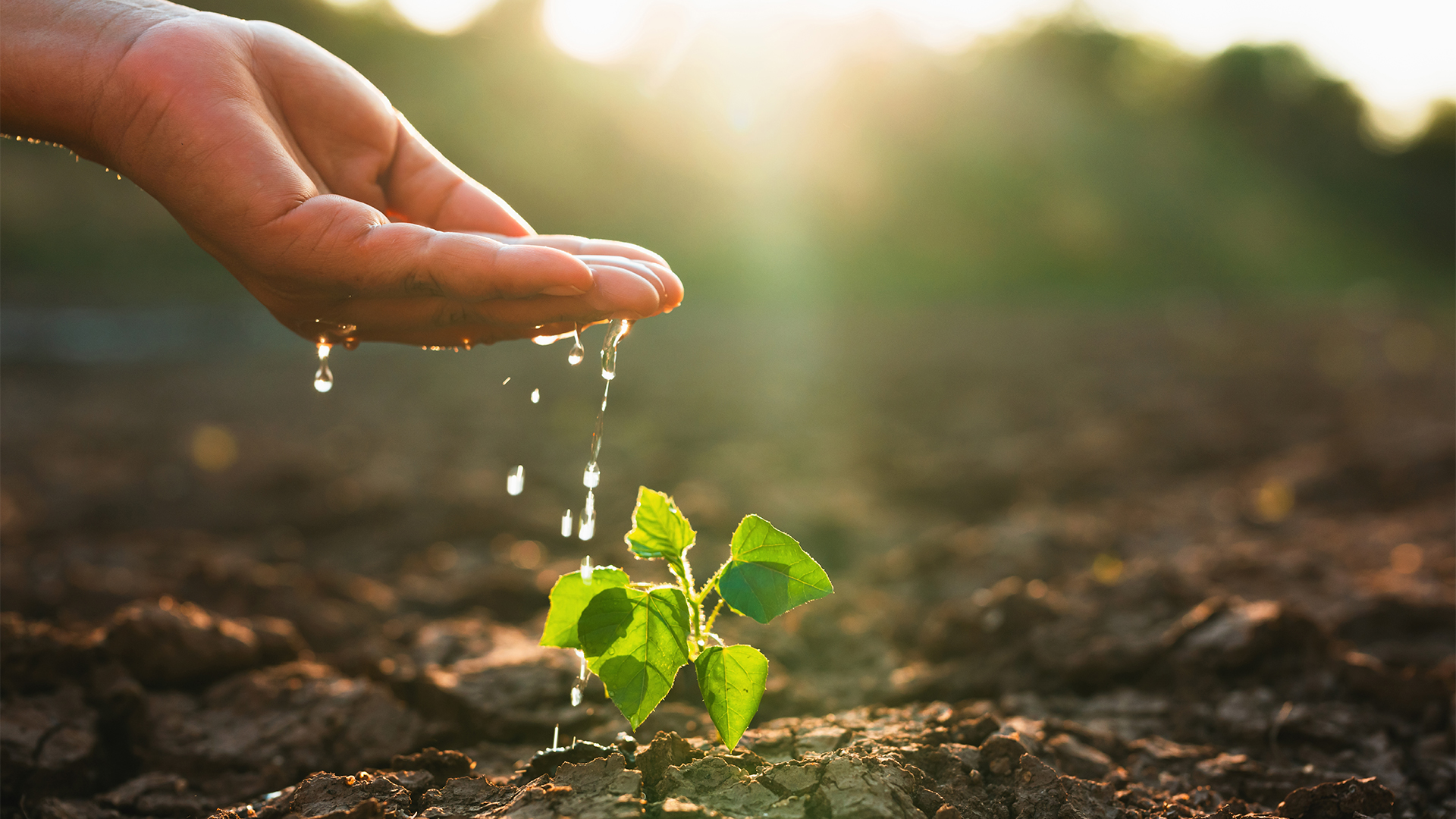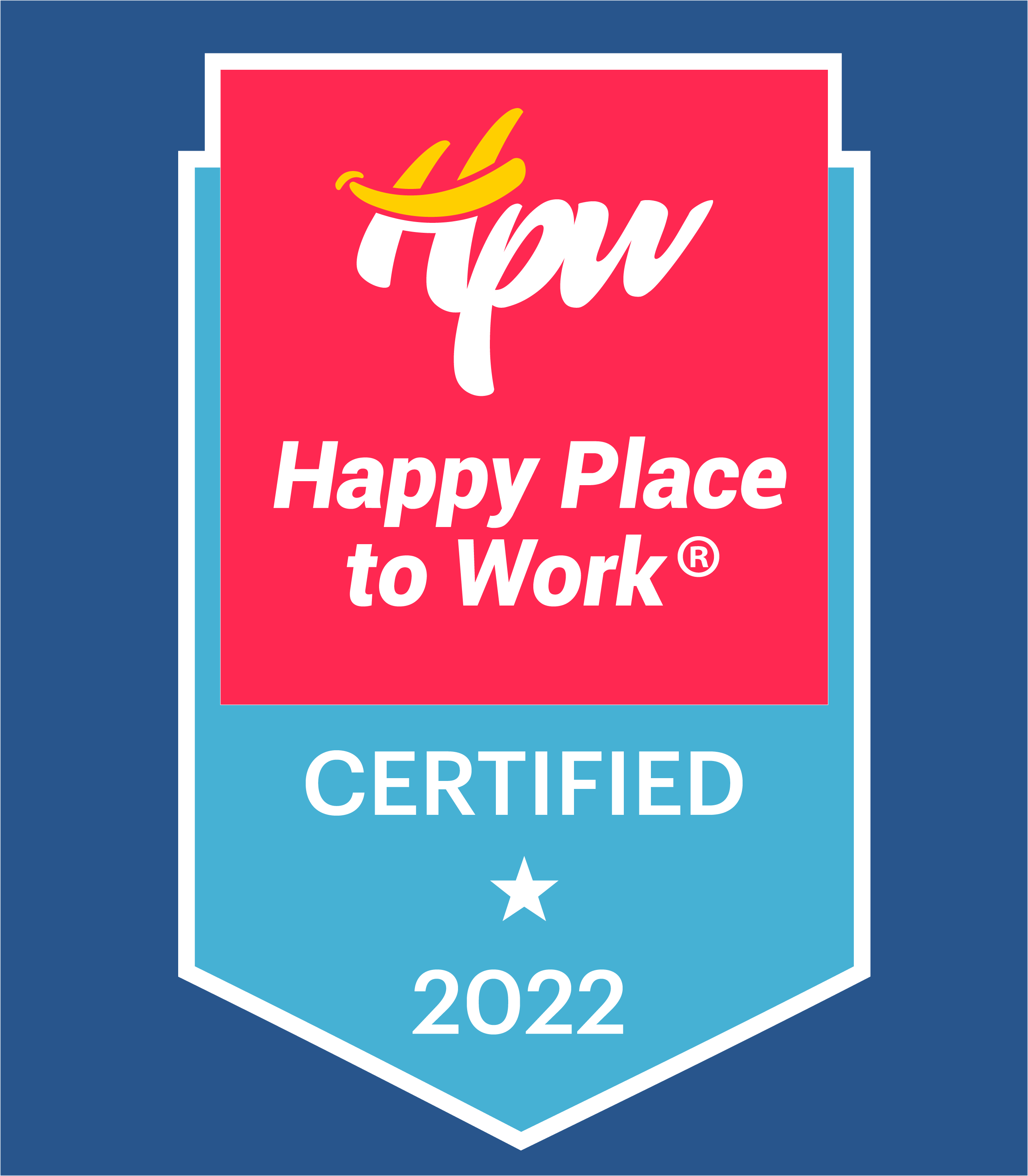Conscious Water Use Guide: How Can We Protect the World’s Water Resources?
18 Aralık 2024Water is vital for socio-economic development, energy and food production, the existence of healthy ecosystems, and sustaining human life. It also plays a significant role in combating climate change and acts as a critical link between communities and the environment.
In today’s rapidly growing global population, balancing the various commercial demands on water resources is essential to meet the needs of communities.
"Clean Water and Sanitation" is the 6th of the 17 critical Sustainable Development Goals (SDGs) and encompasses the agenda of "ensuring access to safe water and sanitation for all and sustainable water management."
Let’s take a look at the UN’s Sustainable Development Goals 2023 Report and water-related issues:
Clean Water and Sanitation
Despite significant progress, billions of people worldwide still lack access to safe drinking water, sanitation, and hygiene. Achieving universal coverage by 2030 will require accelerating the current global progress rate substantially. This means increasing drinking water coverage by 6 times, sanitation by 5 times, and hygiene by 3 times.
- Water usage efficiency has increased by 9%, but water stress and water scarcity remain major concerns in many parts of the world. According to 2020 data, 2.4 billion people live in countries experiencing water stress. These challenges are further exacerbated by conflicts and climate change.
- To get SDG 6 back on track, key strategies include increasing investment and capacity building across sectors, promoting innovation and evidence-based action, strengthening inter-sectoral coordination and cooperation among all stakeholders, and adopting a more integrated and holistic approach to water management.
Key Global Water Data
- In 2022, 2.2 billion people still lack access to safely managed drinking water services (WHO/UNICEF 2023).
- Nearly 2 billion people worldwide do not have access to safely managed drinking water services, with 771 million people lacking even basic drinking water services (World Bank 2023).
- More than half of the world’s population, or 4.2 billion people, lack safely managed sanitation services (UN Water 2019).
- Improved water, sanitation, and hygiene could prevent about 400,000 deaths annually from diarrheal diseases in children under 5 years old (WHO/UNICEF 2023).
- 2 billion people live in countries with high water stress (UN 2019).
- 90% of natural disasters are climate-related events such as floods and droughts (UNISDR).
- 80% of wastewater is released into ecosystems untreated or without reuse (UN Water, 2018).
- About two-thirds of the world’s transboundary rivers have no joint management framework (SIWI).
- Agriculture accounts for 70% of global water withdrawal (FAO).
What Can Be Done to Protect Water Resources?
- Increase Water Efficiency
The agricultural sector accounts for a significant portion of global water use. Technologies and methods that improve water efficiency, such as drip irrigation and drought-resistant plants, should be implemented. Industrial water reuse can also be increased. Water recycling technologies must be expanded, and water use in homes can be optimized by using low-water-consuming fixtures like low-flow faucets, showerheads, and toilets. - Combat Water Pollution
Wastewater treatment is a critical step in eliminating pollutants from water sources. Modern treatment plants must be established, and existing ones improved. The use of chemicals (pesticides, fertilizers) in agriculture should be reduced, and organic farming encouraged to prevent runoff into water sources. The control of plastic waste polluting water channels is also essential. Increasing recycling rates and reducing plastic use can help prevent plastics from entering waterways. - Fight Climate Change
Water management should be made resilient to the impacts of climate change. This includes more efficient water management, reducing water losses, and being prepared for extreme weather events like droughts and floods. Protecting forests, managing water basins healthily, and supporting the natural water cycle can help adapt to climate change. - International Cooperation and Policy
Transboundary water resources, such as international rivers and lakes, require cooperation between countries. Joint management frameworks should be developed to ensure equitable and sustainable control over water resources. Defining water rights ensures the fair and just distribution of water. - Innovative Technologies and Solutions
Recycling wastewater, particularly in regions with water scarcity, can contribute to water conservation. Desalination (the process of removing salt from seawater) and other innovative technologies can also be employed. Digital technologies, sensors, and artificial intelligence (AI) can improve water management, help monitor consumption, detect water losses, and manage water resources more effectively.
Our Steps in Water and Wastewater Management at Biotrend Energy
We continue to develop responsible resource management practices in water and wastewater management. In 2023, we conducted water footprint calculations in accordance with the ISO 14046:2014 standard.
Our total water footprint, including blue, green, and grey water footprints, was calculated as 6,351,792.4 m³. In addition, we received reasonable verification for our 2023 water footprint calculations.
- Our blue water footprint was measured at 1,380,130.9 m³, with the majority coming from municipal water and purchased water sources.
- Our green water footprint was 2,150,500.6 m³, with rainwater harvesting systems reducing our wastewater usage.
- Our grey water footprint amounted to 2,821,160.9 m³, with wastewater from domestic uses discharged into the sewer system and treated by relevant water and sewage authorities. At our Balıkesir and Giresun facilities, we have wastewater treatment plants that ensure safe discharge of treated greywater into receiving environments.
In addition to efficient resource use, we conduct awareness programs for our employees. Starting in 2024, we will implement training and initiatives focused on water efficiency.
As Biotrend, we approach water and wastewater management with an integrated approach to reduce environmental impacts. We began with water footprint calculations and will continue with identifying hotspots and water efficiency efforts.
For a closer look at our sustainability efforts and water management practices, you can check our 2023 Sustainability Report here.





